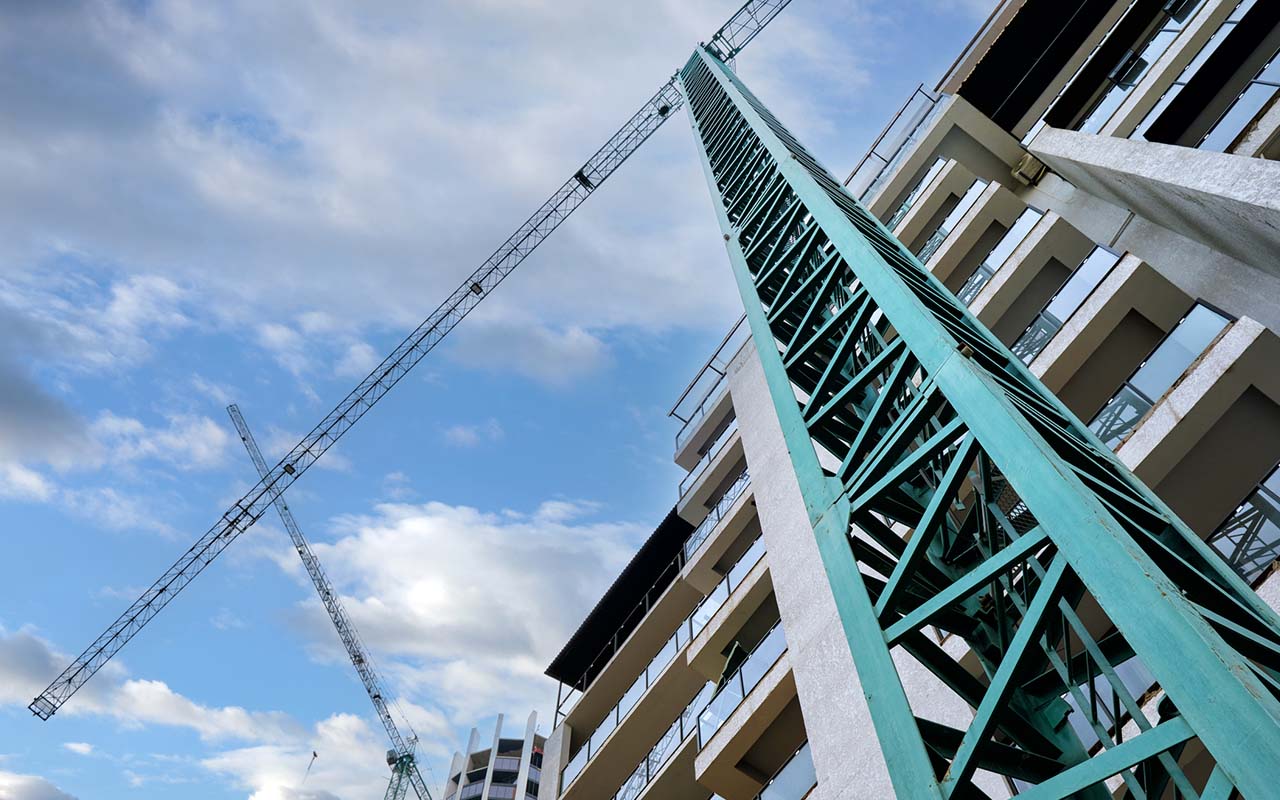Sept. 16, 2025
Chapter 15-Related Rulings: Trends and Practical Lessons for Cross-Border Restructurings
As corporate distress increasingly transcends borders, Chapter 15 of the U.S. Bankruptcy Code has become a crucial tool for coordinating multinational restructurings. In this chapter, we delve into the emerging trends and practical lessons gleaned from recent rulings, offering a captivating exploration of cross-border restructurings. Discover key insights that illuminate the complexities and nuances of navigating international financial challenges, helping you to better understand the dynamics at play in today’s global landscape.
I. The Landscape of Chapter 15 Recognition
Chapter 15 was enacted in 2005 to implement the UNCITRAL Model Law on Cross-Border Insolvency. Its primary objective is to foster cooperation between U.S. and foreign courts, ensure certainty in trade and investment, protect the value of debtors’ assets, and facilitate efficient reorganization.
When a foreign proceeding is recognized as a “foreign main proceeding,” it automatically receives relief akin to the U.S. automatic stay. Additional relief may be granted under sections 1507 and 1521, provided it is in accordance with U.S. public policy.
In practice, disputes regarding recognition typically center on two main issues: (1) whether the foreign proceeding qualifies for recognition, particularly through the evaluation of the “center of main interests” (COMI), and (2) whether the requested scope of relief aligns with U.S. law and policy.
II. Chapter 15 Developments at a Glance
In 2013, the United States Court of Appeals for the Second Circuit ruled that an entity must be eligible to be a debtor under section 109(a) of the U.S. Bankruptcy Code before its foreign proceeding can receive recognition under Chapter 15. This was established in the case of Drawbridge Special Opportunities Fund LP v. Barnet (In re Barnet), 737 F.3d 238, 247 (2d Cir. 2013).
For nearly a decade following the Barnet decision, the majority of lower courts in other Circuits took a different stance. During this period, there were no further appellate court rulings on the matter. However, in 2024, the United States Court of Appeals for the Eleventh Circuit changed this by adopting the reasoning of those lower courts. It declined to follow Barnet and ruled that section 109(a) does not apply in Chapter 15 cases, based on existing Eleventh Circuit precedent, as seen in the case of In re Zawawi, 97 F.4th 1244 (11th Cir. 2024).
Chapter 15 continues to evolve as a flexible tool for coordinating cross-border insolvency. In 2024, courts examined key issues including debtor eligibility, determinations of the Center of Main Interests (COMI), public policy exceptions, and matters of comity without recognition. Additionally, they addressed new financing structures, such as reverse vesting orders (RVOs). In early 2025, cases such as Odebrecht, Crédito Real, and InterCement marked a significant shift in how U.S. courts apply Chapter 15 to foreign restructuring plans that include non-consensual third-party releases, particularly in light of the Supreme Court’s decision in Harrington v. Purdue Pharma L.P., 603 U.S. 204 (2024).
III. Key 2024 Decisions: Eligibility, COMI, and Public Policy
The year 2024 saw several essential rulings that shaped the landscape of Chapter 15 practice:
- In re Zawawi, 97 F.4th 1244 (11th Cir. 2024): This ruling held that the eligibility requirements for debtors under section 109(a) do not apply to Chapter 15 cases, departing from the Second Circuit’s precedent established in Barnet.
- In re Sunac China Holdings Ltd., 656 B.R. 715 (Bankr. S.D.N.Y. 2024): The court determined that the Center of Main Interest (COMI) for a debtor based in the Cayman Islands, which was financing subsidiaries in the People’s Republic of China (PRC), was located in Hong Kong. This decision emphasized the expectations of creditors.
- In re Silicon Valley Bank (Cayman Islands Branch), 658 B.R. 75 (Bankr. S.D.N.Y. 2024): The court denied recognition of a liquidation proceeding for a branch in the Cayman Islands, confirming that foreign banks do not qualify as eligible debtors under U.S. law.
- In re Goli Nutrition Inc., 2024 WL 1748460 (Bankr. D. Del. Apr. 23, 2024): The court enforced a Canadian Recognition and Verification Order (RVO) but postponed its ruling on a U.S. asset sale until the ownership issue was resolved.
- In re Nexgenesis Holdings Ltda, 662 B.R. 406 (Bankr. S.D. Fla. 2024): The court rejected enforcement of a Brazilian pre-judgment asset freeze because it was deemed “manifestly contrary” to U.S. policy.
- In re Sabadash, 660 B.R. 304 (Bankr. C.D. Cal. 2024): While recognizing a case from Russia, the court restricted any transfers that would violate U.S. sanctions.
- Vertiv, Inc. v. Wayne Burt PTE Ltd., 92 F.4th 169 (3d Cir. 2024): This case confirmed that comity may extend to foreign insolvencies even in the absence of Chapter 15 recognition.
IV. Recent 2025 Rulings of Note
- In re Crédito Real, S.A.B. de C.V., SOFOM, E.N.R., 670 B.R. 150 (Bankr. D. Del. 2025). Judge Horan recognized a Mexican concurso proceeding and upheld non-consensual third-party releases that had been approved abroad. The court distinguished Chapter 15 from Chapter 11, asserting that the Purdue Pharma decision does not apply to Chapter 15.
- In re Odebrecht Engenharia e Construção S.A., 669 B.R. 457 (Bankr. S.D.N.Y. 2025). Judge Glenn ruled that recognition orders may include release provisions when appropriate, emphasizing the comity-driven flexibility of Chapter 15.
- In re InterCement Brasil S.A., 668 B.R. 802 (Bankr. S.D.N.Y. 2025). Chief Judge Glenn highlighted that COMI is assessed as of the petition date and requires evidence regarding the debtor’s operational and creditor center of gravity. The court also granted provisional relief under section 1519.
V. Doctrinal Trends
- Third-Party Releases. Courts are increasingly willing to enforce third-party releases that foreign jurisdictions have approved, distinguishing the treatment of such releases in Chapter 15 from those in Chapter 11, particularly in the context of the Purdue Pharma case.
- COMI Scrutiny. Judges are becoming more vigilant regarding the engineering of COMI and are demanding evidence of genuine connections between creditors and the foreign forum.
- Scope of Provisional Relief. To obtain relief under section 1519, parties must provide affidavits and supporting evidence rather than relying solely on assertions.
- Public Policy Exception. Section 1506 is interpreted narrowly; only proceedings that are fundamentally unfair will be rejected on public policy grounds.
VI. Practical Lessons for Practitioners
- Establish a Comprehensive COMI Record: It is essential to develop a detailed COMI record at the outset. This record should encompass documentation of management decisions, treasury operations, communications with creditors, and negotiations concerning restructuring efforts.
- Address Release Strategies with Care: Release strategies should be approached thoughtfully, with an emphasis on fairness. It is imperative to engage creditors in the process and to implement procedural safeguards that ensure equitable treatment for all stakeholders.
- Draft Recognition Orders with Precision: Recognition orders must be crafted with meticulous attention to detail, clearly delineating their territorial effects. It is crucial to distinguish between the provisions of recognition and those of enforcement to prevent ambiguity.
- Promptly Utilize Provisional Relief: When seeking provisional relief, it is important to act expeditiously, bolstered by substantial evidence that demonstrates the likelihood of irreparable harm.
- Anticipate and Address Objections Under Section 1506: It is advisable to maintain a comprehensive record of fairness to effectively anticipate and counter any objections that may arise under Section 1506.
VII. Conclusion
Chapter 15 remains a powerful tool for managing cross-border restructurings. Recent rulings confirm U.S. courts’ commitment to comity and willingness to enforce foreign restructuring outcomes, including third-party releases, where procedural fairness is established. At the same time, courts remain vigilant against artificial COMI manipulation and unsupported relief requests. Looking forward, likely flashpoints include continued scrutiny of COMI engineering, the enforcement of reverse vesting orders, and the evolving scope of third-party releases in cross-border restructurings.
Nelson Mullins’ Bankruptcy and Financial Restructuring attorneys possess extensive experience handling complex bankruptcy matters of all sizes. We are well-equipped to advise debtors, creditors, trustees, and other key stakeholders on both the legal nuances and practical considerations that arise in these critical proceedings.
For more information on Chapter 15 proceedings or other insolvency-related matters, please contact our Bankruptcy and Financial Restructuring team.









